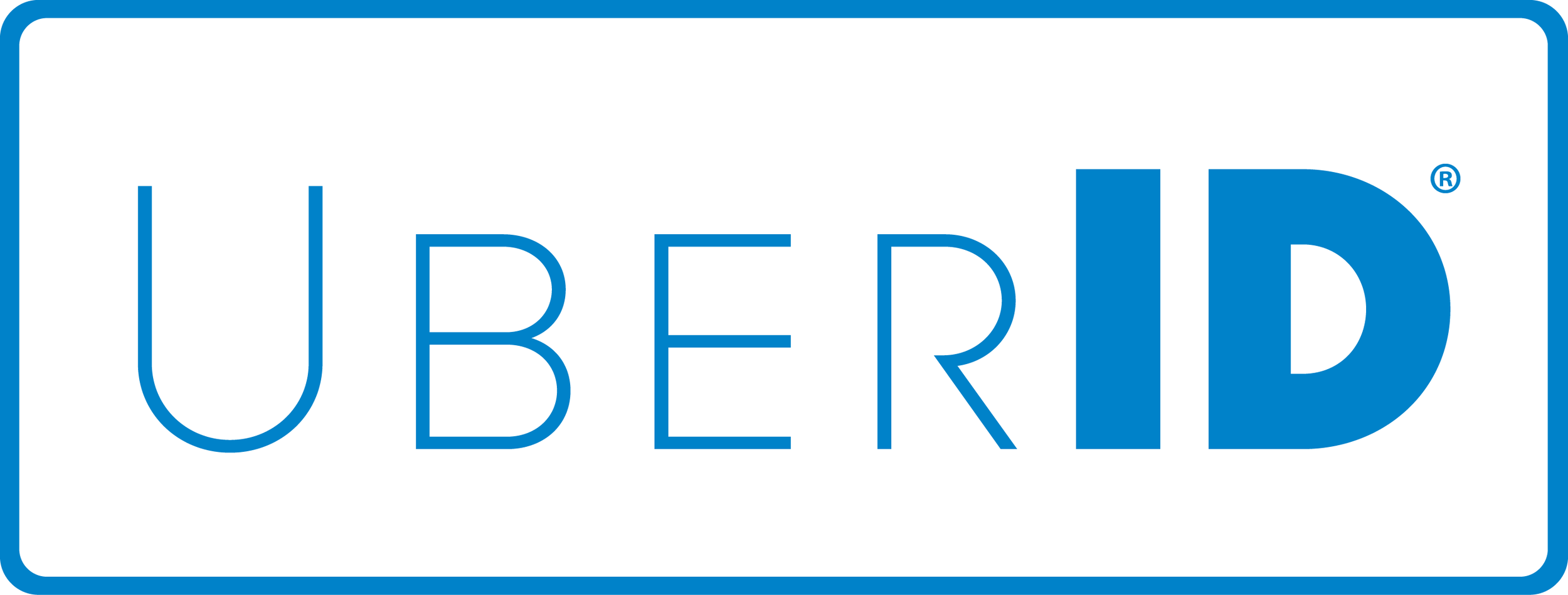See your Blood Pressure Differently
Blood Pressure Matters: How to Track Your Blood Pressure and Why
Heart disease is the number one killer of both men and women around the globe, according to the World Health Organization. The incredible thing is heart disease can be prevented, or at least, managed, when proper attention is paid to your risk factors. One of those factors? Blood pressure.
Nicknamed the ‘silent killer’, many people don’t know they have high blood pressure(also known as hypertension). Regular blood pressure tests can help you identify whether you have hypertension. The earlier you identify high blood pressure, the better – left untreated, you could be at risk for heart attacks, strokes, and other chronic health issues.
What is considered a healthy blood pressure?
Most doctors will suggest 120 (systolic) over 80 (diastolic) or less is a healthy blood pressure range. Hypertension is typically officially diagnosed at the 140 over 90 range. That being said, studies have pointed out there are many short-term and chronic factors that can influence what a ‘normal’ range for you might be – whether it’s prescribed medications, age, stress levels, or habits such as smoking. Genetics can also play a role. One study noted that hypertension is 2.4 times more common in people who have two hypertensive parents, for example.
How do I get my blood pressure?
There are plenty of ways to test your blood pressure, starting with a visit to your doctor’s office. Your doctor will place a cuff around your arm, which provides a reading of how much pressure there is in your arteries as your heart pumps out blood.
If your doctor identifies you have high blood pressure or are at risk for it, you’ll want to look at more convenient options. Most pharmacies have a free blood pressure testing machine, or you can invest in a good quality home blood pressure monitor for around $50 - $100.
A very good wireless pressure monitor is available from Withings (now part of Nokia Health). This device can feed your readings directly into the UberID platform to automatically show results in the available charts. Find out more about health device integration options here.
How often should I check my blood pressure?
If you haven’t been diagnosed with high blood pressure, then checking your blood pressure once a year is typically fine. However, if you have hypertension, regular monitoring is essential to help you get your blood pressure under control.
One study by Minnesota medical researchers tasked patients with high blood pressure to send in blood pressure readings six times per week, allowing pharmacists to respond to data in real time. A control group received their typical care program. At the end of the study, 72% of participants who submitted data more frequently had their blood pressure under control, compared to just 57% of the other group. The sheer act of monitoring your blood pressure can help create mindfulness when it comes to bringing it down. Plus, it gives medical professionals more data to assess your situation.
If you’re trying to bring your blood pressure down, take a reading twice a day – once in the morning before taking any medication, and about 12 hours later, in the evening.
What should I do with my blood pressure results?
The study mentioned earlier had participants submitting info directly to health care providers. If you’re not in a position to do this, you can still track it independently – providing a wealth of data for any medical practitioners you do interact with. UberID® actually has a blood monitoring application that can help you identify your ‘normal’ blood pressure cluster and share that information with doctors.
What may appear to be an off the charts blood pressure rating, when viewed on a graph, can help highlight irregular results. Conversely, it can also help identify a pattern – one that can illustrate whether you have high blood pressure, are seeing your blood pressure go down, or have a unique range for ‘normal’ blood pressure.
Understanding your average blood pressure helps medical professionals respond that much more quickly in an emergency situation, such as cardiac arrest. Plus, you’ll be better equipped to build a long-term treatment plan, tracking quantitative data against different medications or lifestyle changes.

